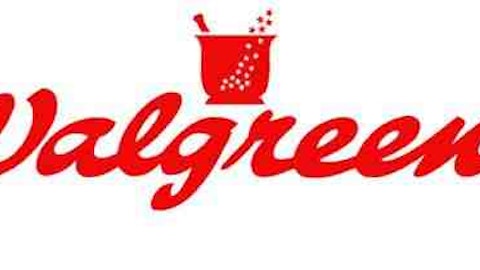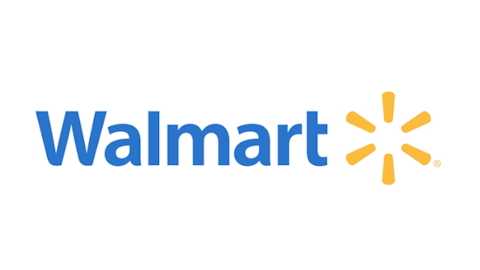On a comparative basis, Sam’s Club might look weaker than Costco but Wal-Mart Stores, Inc. (NYSE:WMT) is not a weak company. With a $460 billion revenue generation, Sam’s Club delivers more than four times Costco’s revenue. If we expect Wal-Mart Stores, Inc. (NYSE:WMT) to deliver exponential growth in the same way as it did a year back, though, it would a bit too unrealistic.
Wal-Mart Stores, Inc. (NYSE:WMT) is a very big brand name in the U.S., leaving not much scope to expand domestically. That is the reason the company is focusing more on international expansion. It is trying to expand its operations in Canada by opening 40 new Supercenters there. Wal-Mart is also trying to increase its operations in Brazil, China, and South Africa with its “Everyday Low Prices” concepts.
In the U.S., Wal-Mart is moving into small-format stores called “Express” stores. Express stores will be at least 10% smaller in size than Supercenters, providing a better return on capital as they are estimated to occupy 8% less space and cost 16% less. Wal-Mart is also focusing on e-commerce and has acquired Grabble for its mobile technology and Kosmix for digital advertising to fortify its position in the online retail business. Yiahodian, a Chinese online store, was also acquired by Wal-Mart, making it evident that it wants to strengthen its e-commerce operations by targeting markets with huge potential.
The weakling
Target Corporation (NYSE:TGT) had a bumpy start to 2013; its top line was more or less flat as its last reported quarterly revenue stood at $16.7 billion, compared to $16.87 billion last year. Its earnings took a major beating as it came at $0.77 a share, declining from $1.04 per share in the first quarter of 2012. The next few quarters are also expected to be flat, with the company’s guidance expecting to earn $4.12 to $4.32 per share.
Though the company has gained almost 20% in the last year, it does not seem confident in delivering. If this continues, investors’ confidence will shake. At present, the company’s grocery offering, loyalty-card program, and REDcard discounts on in-store and online purchases might hold its sales, but nothing offers further growth. Target Corporation (NYSE:TGT) has entered into Canada to expand its operations, but it still trades at a forward price-to-earnings ratio of 14.5 times its earnings, meaning that the industry does not think highly of its future.
Final words
Neither Costco nor Wal-Mart will deliver huge overnight gains for investors. Costco looks stable and should provide decent returns over the long term in the form of capital appreciation. Wal-Mart, on the other hand, should be seen as a retirement plan with steady dividend and share repurchases. Both the investments should provide stability to your money.
tarun bachhawat has no position in any stocks mentioned. The Motley Fool recommends Costco Wholesale (NASDAQ:COST). The Motley Fool owns shares of Costco Wholesale. tarun is a member of The Motley Fool Blog Network — entries represent the personal opinion of the blogger and are not formally edited.
The article What Justifies This Retailer’s Premium? originally appeared on Fool.com is written by tarun bachhawat.
Copyright © 1995 – 2013 The Motley Fool, LLC. All rights reserved. The Motley Fool has a disclosure policy.





